Design presentations have become more reliant on realistic graphics and walkthroughs. Designers are creating exact 3D models using cutting-edge technologies to present their work as truthfully as feasible. In the realm of video game design, it’s not only about the visual resolution or how realistic they are; it’s also about the interactive experience of design concepts and how players interact with the virtually built atmosphere.
The impact of parametric design on video game design and development has grown recently, allowing architects and video game developers to combine digital computing, hypnotic visuals, and memorable worlds for players to wander and get buried in. This art of merging the virtual with the motifs from the physical realms of architecture has created a dynamic space for explorations at its highest potential.
The art of designing structures, or the design language of a building about a given era, area, or culture, is known as ‘architecture.’
The ancient Roman architect Vitruvius described a good structure as lasting, functional, and attractive in his classic work, De architectura (firmitas, utilitas, venustas). These same concepts apply now, thousands of years later, in the realms of digital games and virtual reality.
The design of these transitory places may reach new levels in a virtual setting where everything is conceivable. It might be able to break away from physical and financial constraints and grow into something far bigger. Architecture may now be fully narrative, incredibly meaningful, provoke a compelling user experience, and establish a strong link to the game storyline and gamer’s perspective.
This ubiquitous architectural phenomenon, which pervades virtually every frame of the game and significantly influences the gameplay experience, is, at best, a backdrop support mechanism. Architecture, more than any other part of the game, can tell a narrative, create emotion, and affect the gaming experience. You can have the finest characters, plot, and UI visuals in the world, but your user experience will never reach its full potential without a thoughtful architectural approach.

Video Game Design
Video games illustrate how different design disciplines can come together to build new realms and where the physical environment can tell a story.
Cyberpunk 2077
The core plot of Cyberpunk 2077, the most anticipated video game release in 2020 from CD Projekt RED, is told through a genderfluid avatar titled V. The game’s title comes from a science fiction genre in which a futuristic hyper-capitalist civilization is shown as a reflection of modern reality.
Video games, like architecture, strive to generate incisive critiques of modern society. An unavoidable obligation binds both crafts: video games to amuse and architecture to serve.
What this indicates isn’t only what a team of concept artists could imagine buildings in 2077 to be like. It depicts a scenario in which architecture is viewed by the masses as an instrument of oppression to be used by the rich elite rather than a weapon of freedom.
Late capitalism’s tendency to transform critique into a commodifiable artistic experience is exemplified in Cyberpunk 2077. Its rooms attract criticism for their lack of completion, but they also reveal a disturbing link between architecture and modern society’s misery.
Manifold Garden
The most interesting part about Chyr’s work in Manifold Garden is his commitment to utilizing architectural shapes to encourage gamers to explore. Chyr draws players in by encouraging them to “understand how gravity functions” and how design and physics enable them to assemble a “new cosmos,” live in the environment they’re in, and “seem to it as a garden.”
Even though Chyr had no formal architectural training, his enthusiasm and interest in the topic helped him design the game’s geometric realms.
Overwatch
Offering realistic locations may be particularly difficult in a game like Overwatch since the maps are based on real-world locales. Before starting to work on any map, designers gather a lot of information and try to identify the area’s dominating and distinctive architecture.
A cultural reference is also crucial: what kinds of foods are prevalent in those areas? What kinds of transit stand out the most? Is there anything unique to the selected area regarding festivities or festivals? They take a lot of liberties with each location designers create but still strive to make each one as identifiable as possible by including iconic buildings whenever feasible.
Among the most crucial aspects of Overwatch, map data is the ability to explore the spaces and know precisely where you are at all times. Therefore, much effort is put into ensuring that each map region stands out from the others.
This may include passing through an older section of town to reach a more contemporary or dystopian region. To aid in navigating and visual progression within a map, it may be necessary to switch between outside and interior locations. Differentiating between different portions of the maps may be done using color, texture, and lighting.
Gaming and Visualization
Gamers majorly pay close attention to how legible the spaces are. It gets exceedingly difficult to maneuver and notice other participants when there is too much graphic noise and complexity, and the judging scale becomes challenging if there isn’t enough information.
It’s crucial not to have too much disparity between materials or too little detail all over the place. Various factors contribute to a place’s readability, including form, language, organization, elements, contrast, lighting, mood, and color.
Focus testing and seeing others play the maps may be extremely beneficial in determining where to enhance the map aesthetically. It also allows seeing spots designers would have thought were a worry to become less obvious after watching someone else play.
The majority of the visual appeal concentration goes to the players’ eye level; it shouldn’t be a static setting where users can only see a scene from one clean shot, so things must appear fascinating from all perspectives, which can be achieved with the help of parametric design.
Contribution of Parametric Design to Game Design
Architectural design can be used as part of the game design to choreograph how the user perceives and goes through the game. Frank Lloyd Wright juxtaposed low, gloomy rooms with brighter, towering spaces for a powerful effect. A visitor to a Wright design is frequently trapped in a darkened, compacted entry room rather than arriving into a vast, heroic lobby at the entrance of a building.
However, as they progress into the structure, light pours in, the roof rises, and the room opens up in front of them, conjuring a more regal and majestic sensation than if the whole area had been towering heroic from the start. The difference between the two draws attention to and distinguishes them.
Parametric architecture may unroll and synchronize the player experience by harmonizing and contrasting different settings, resulting in a far more intense emotional effect and response to gaming. Light may be utilized similarly in design to call attention to an important component or the next region the gamer must visit.
Future of the Gaming Industry
As technology advances, game developers will have even more creative latitude. However, with more power, it will be essential to consider how sites are arranged; how structures relate to each other; how lighting interacts with architectural style; most importantly, how to resist the temptation to overcrowd a scene with exquisite detail and contrast.
The concept that video game and parametric design is important is implied by the fact that it will very likely become something even bigger than actual design, deserving of the most careful analysis, skill, and attention in concept design. Virtual architecture has the ability to generate an even stronger sense of quality.
The design of a video game can constantly be changing based on real-time inputs and situations. It can be enhanced with interactive elements, helping to bring the architectural language to life in ways no actual structure could.





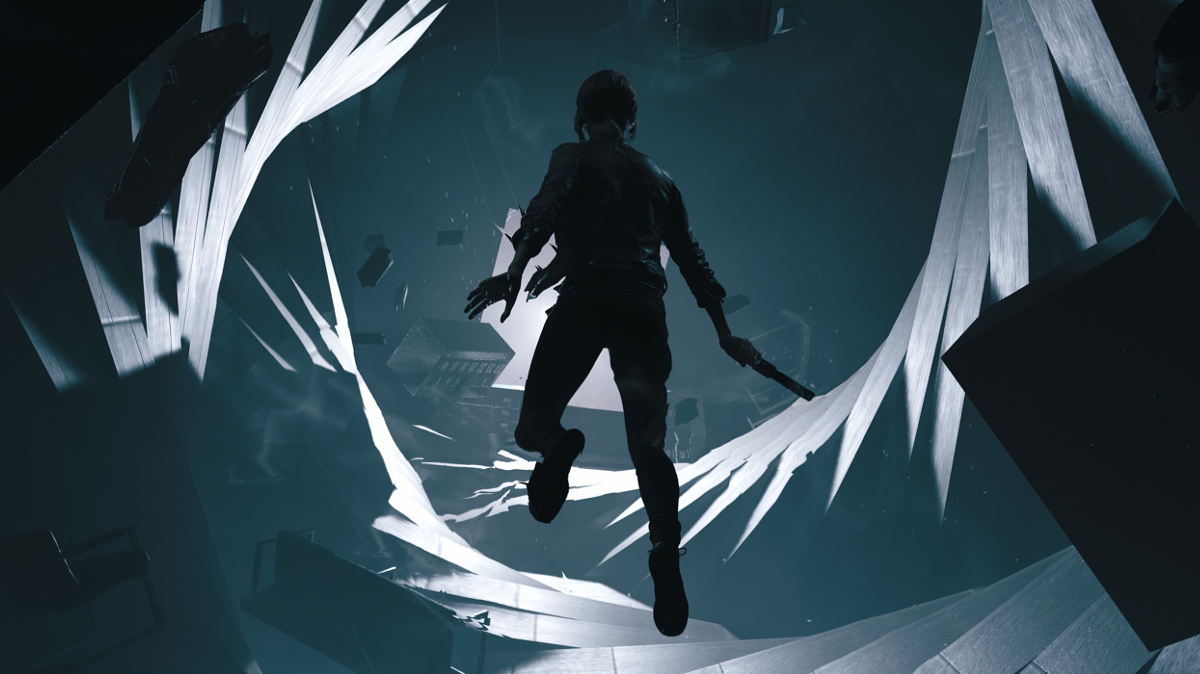
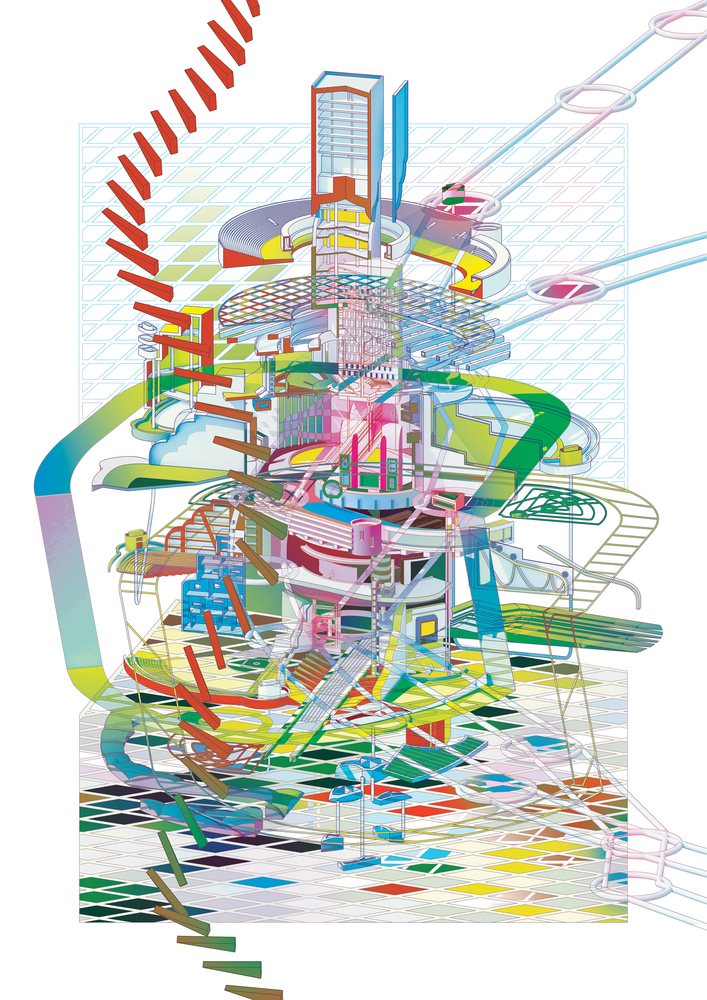
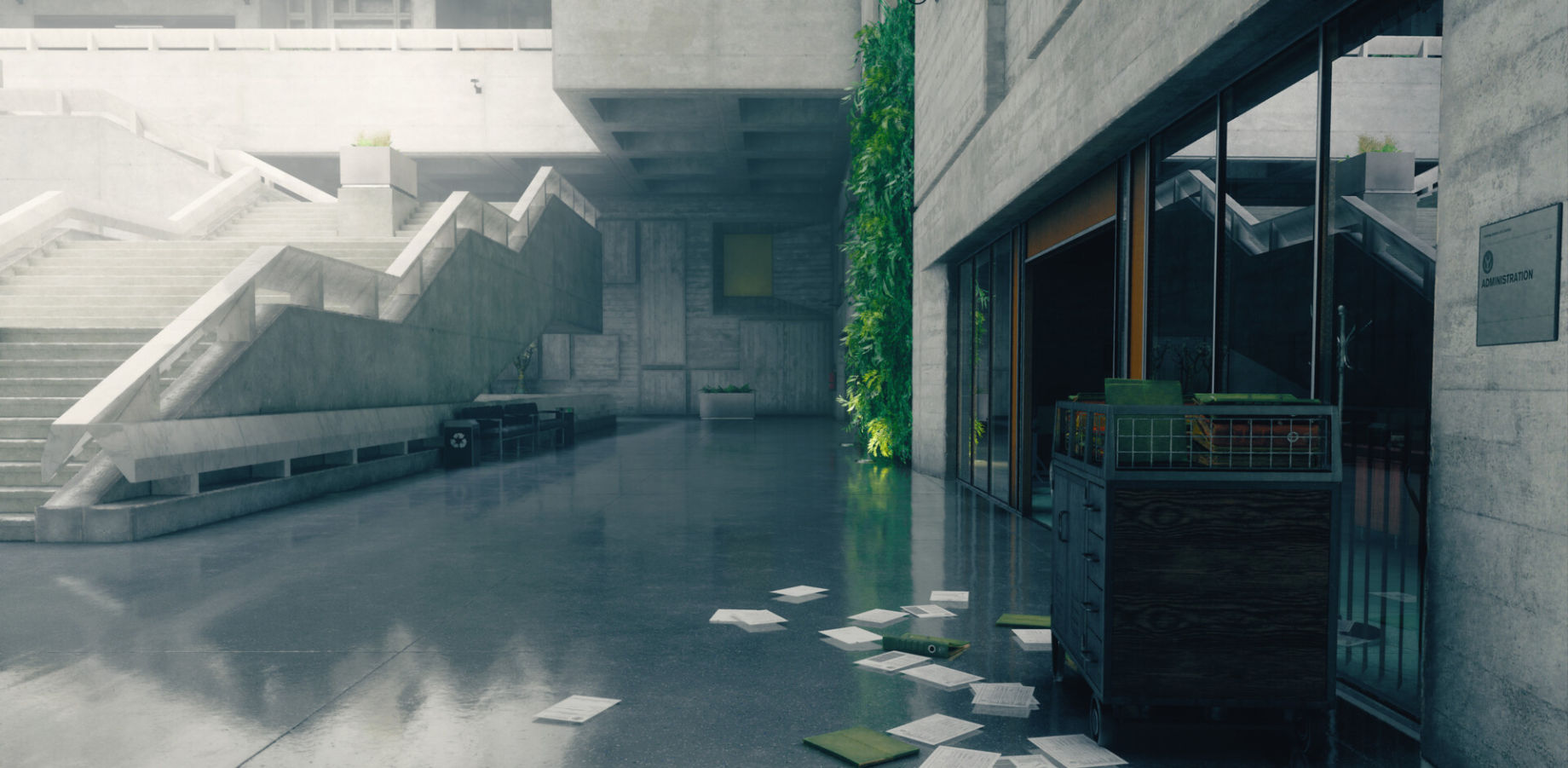
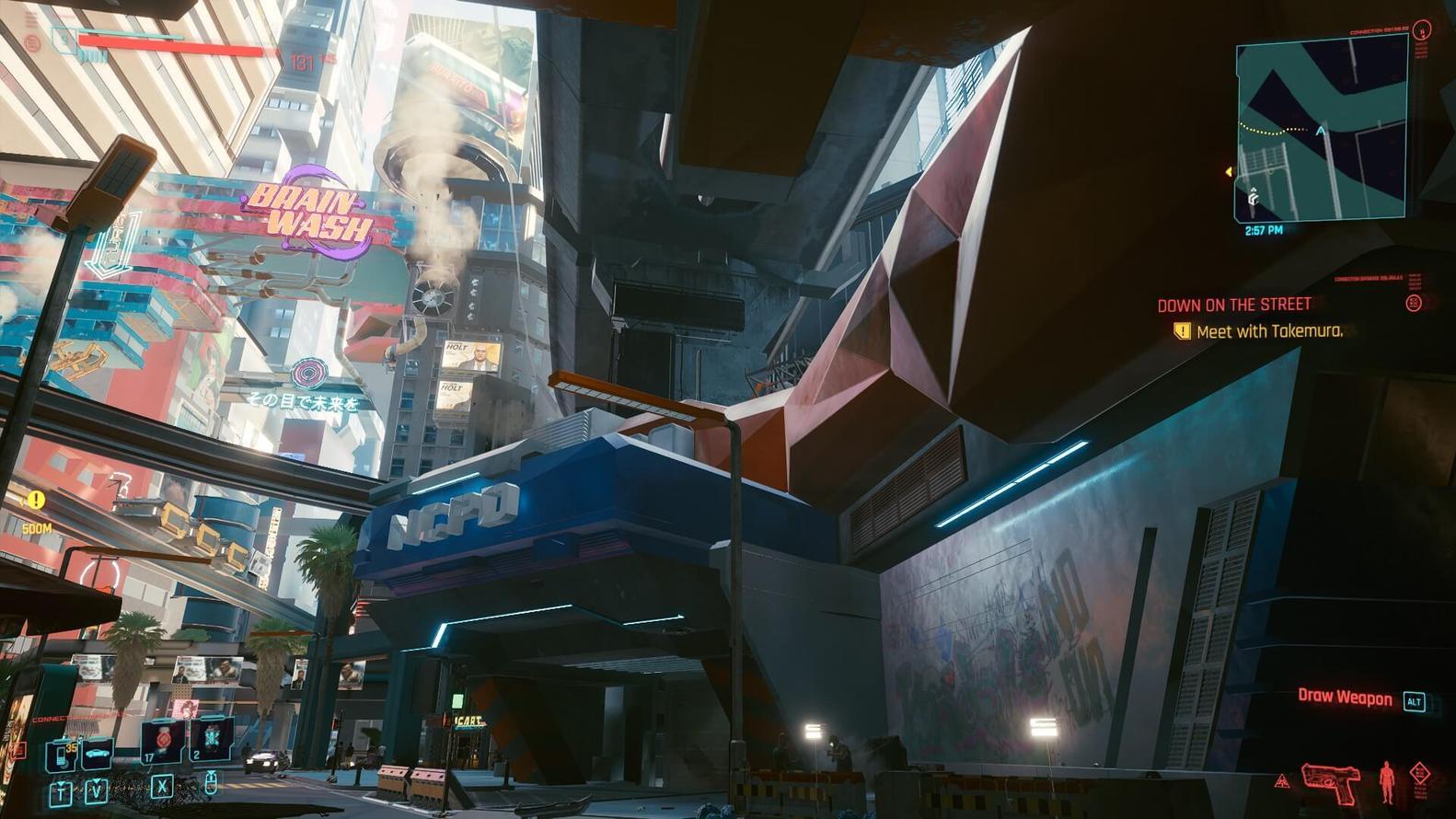
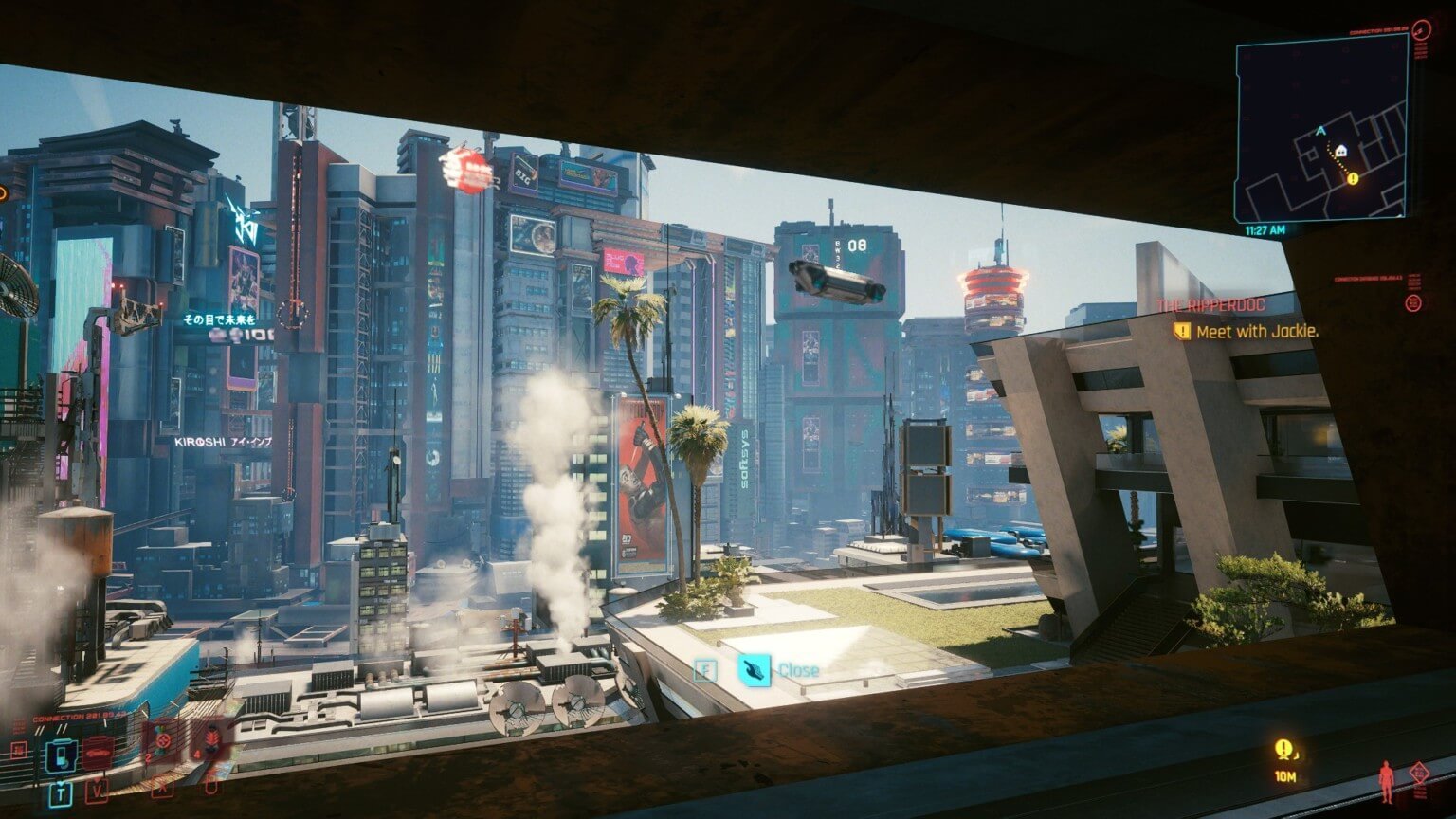

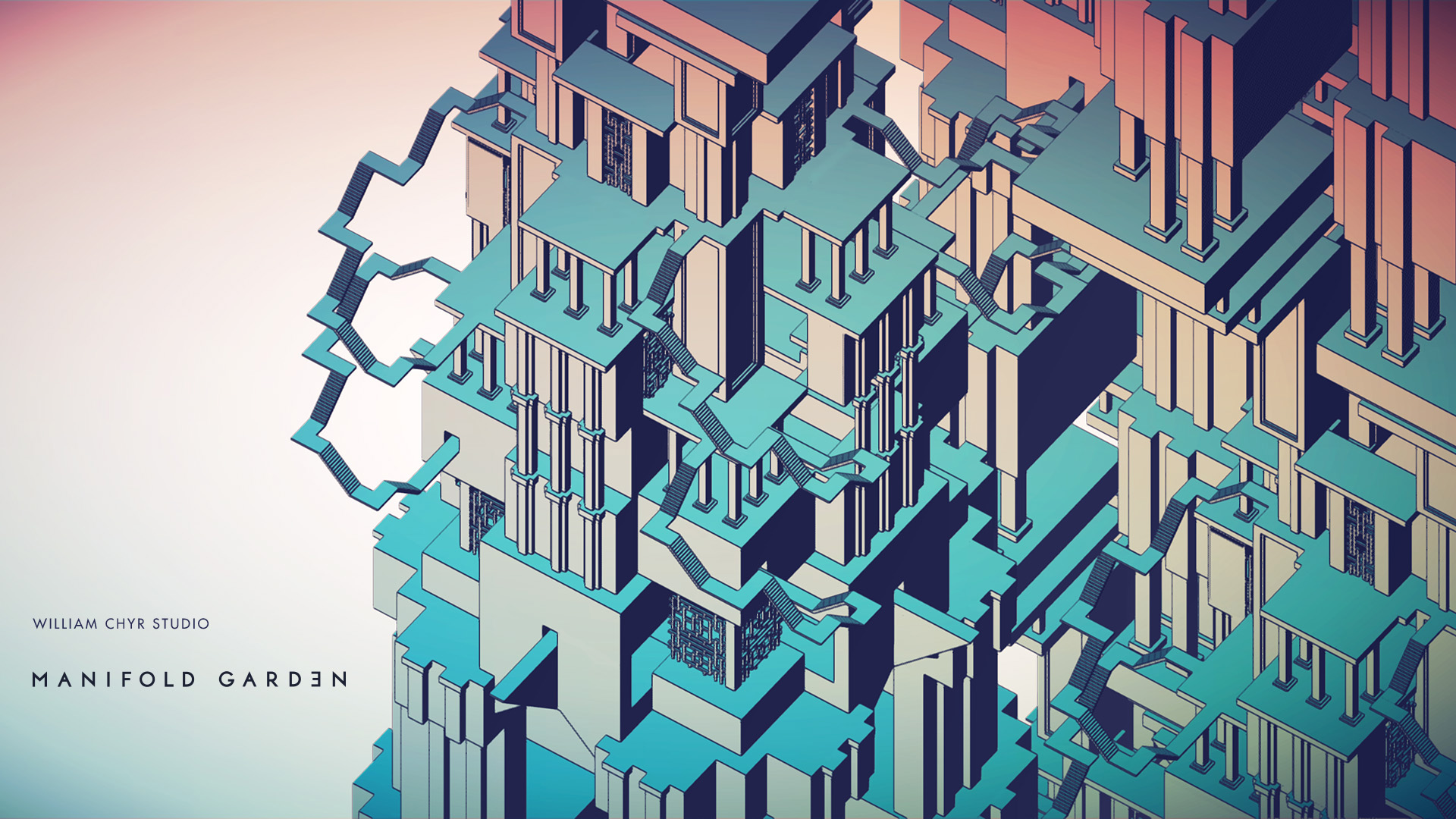
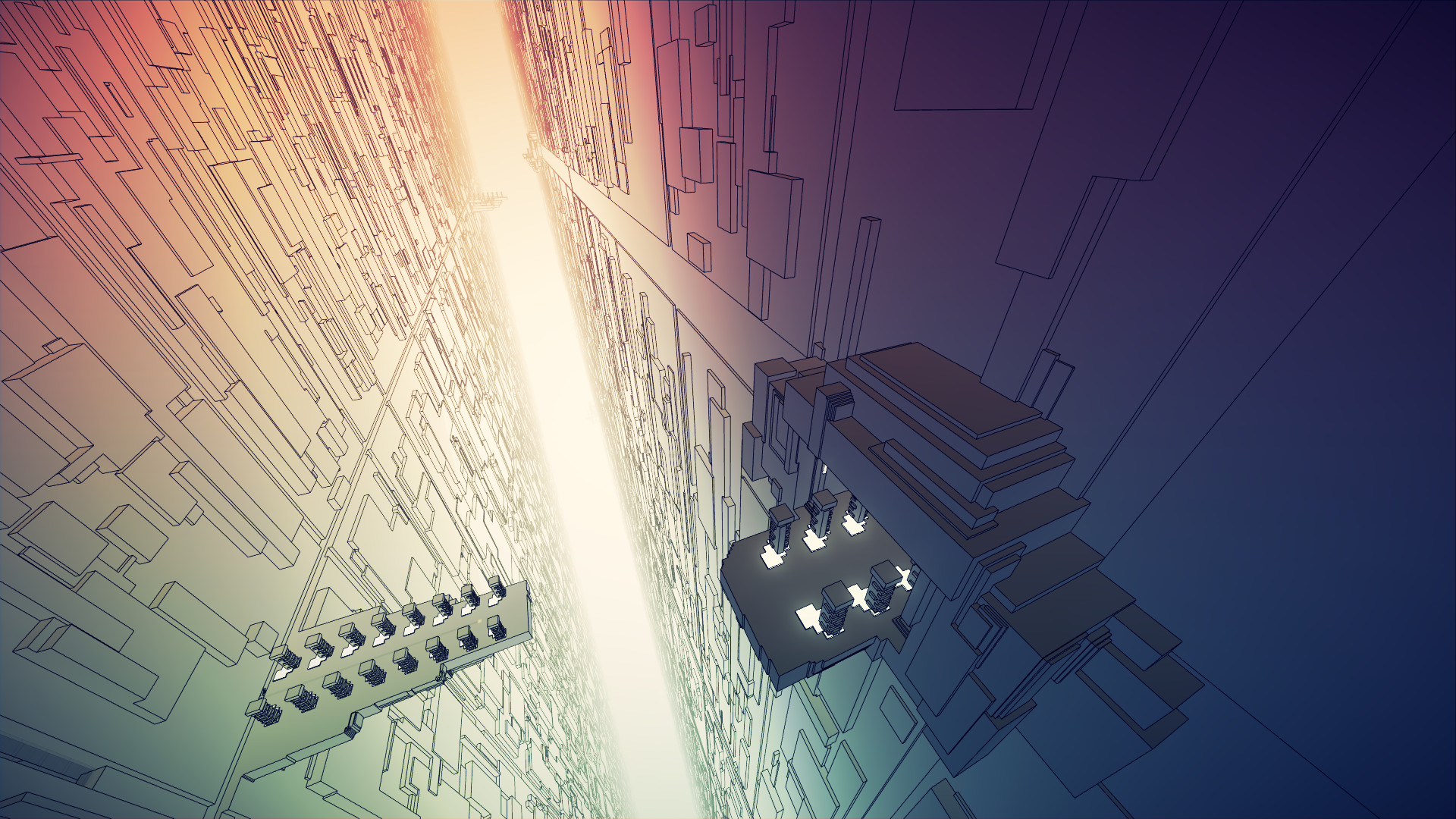
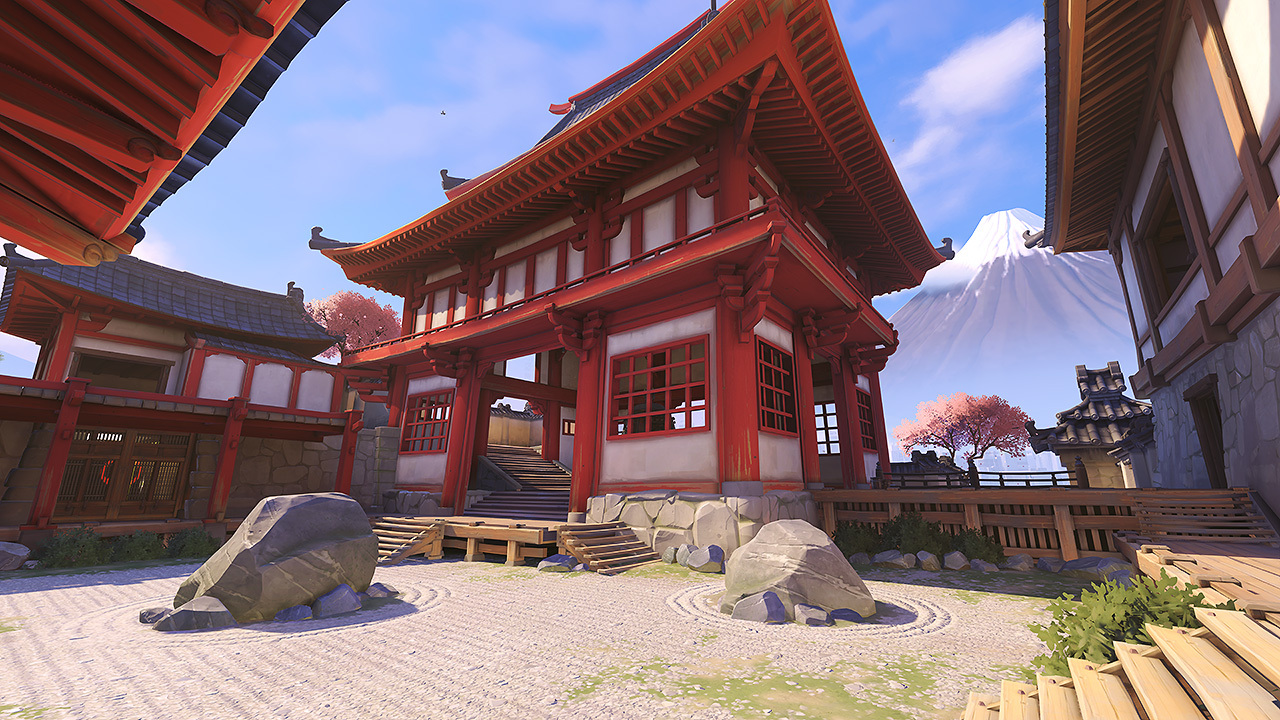
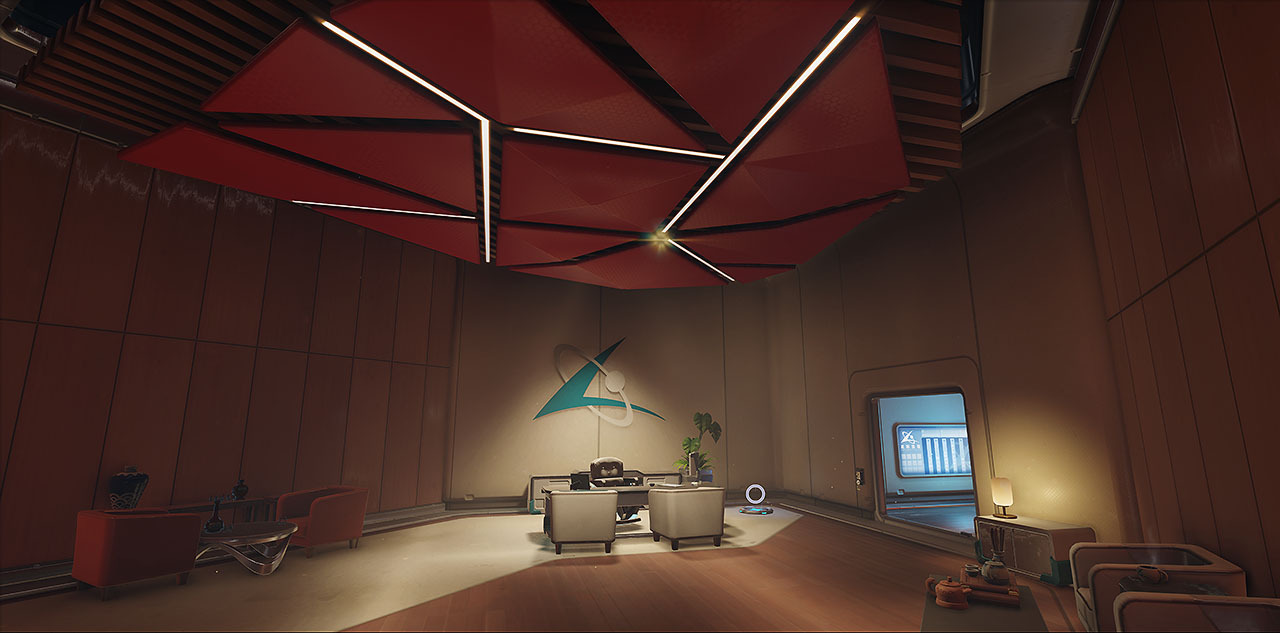

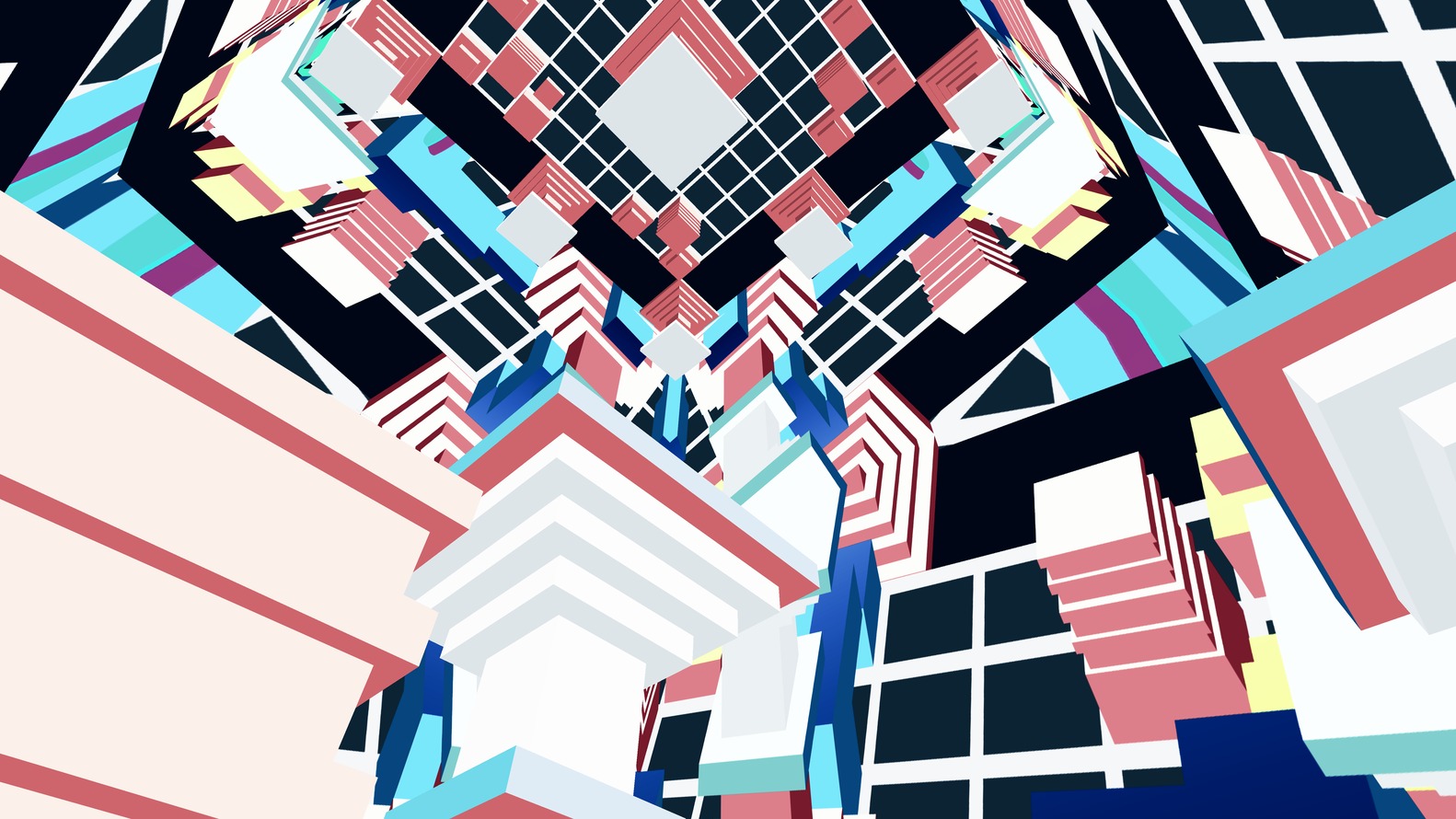
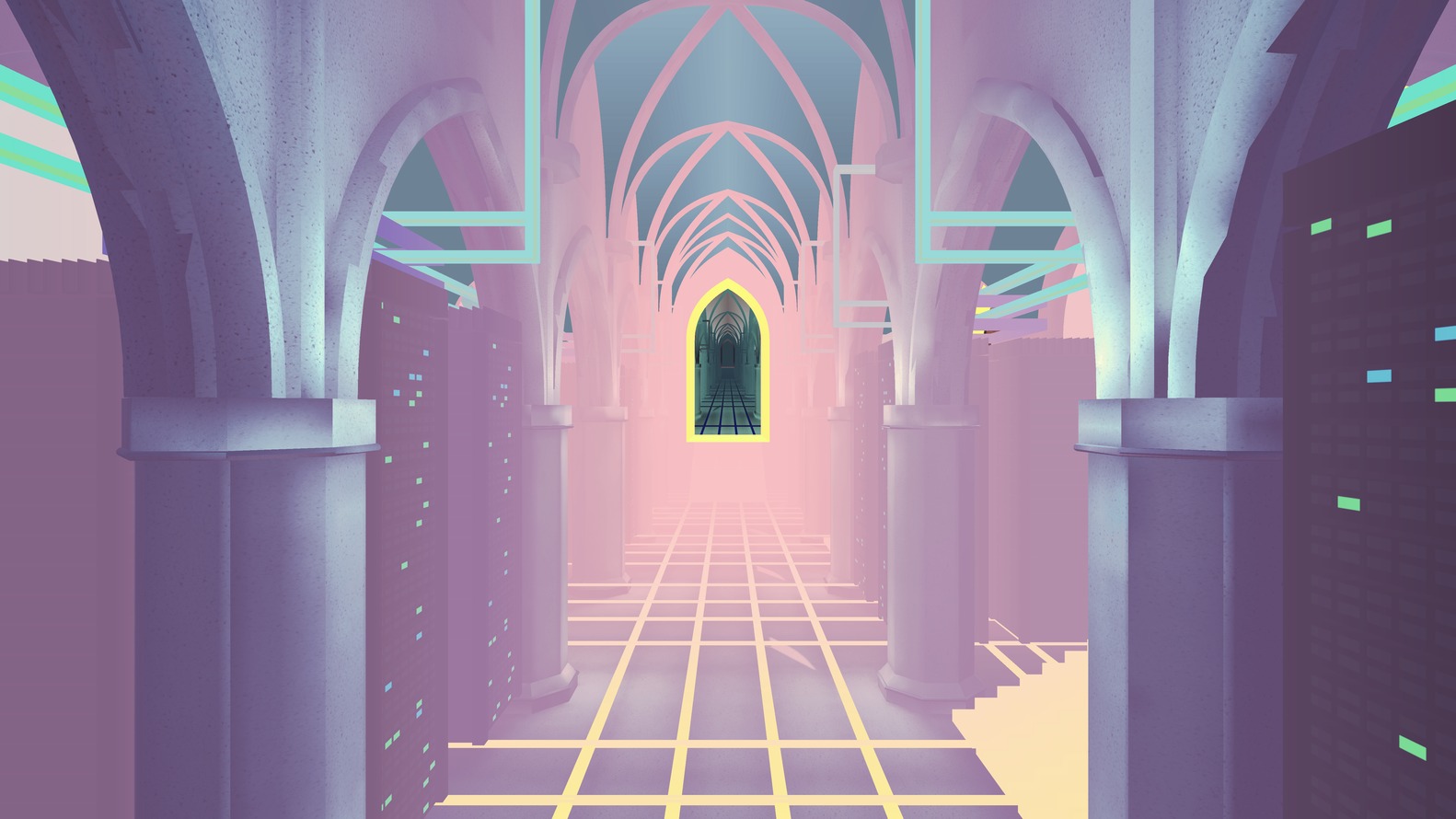
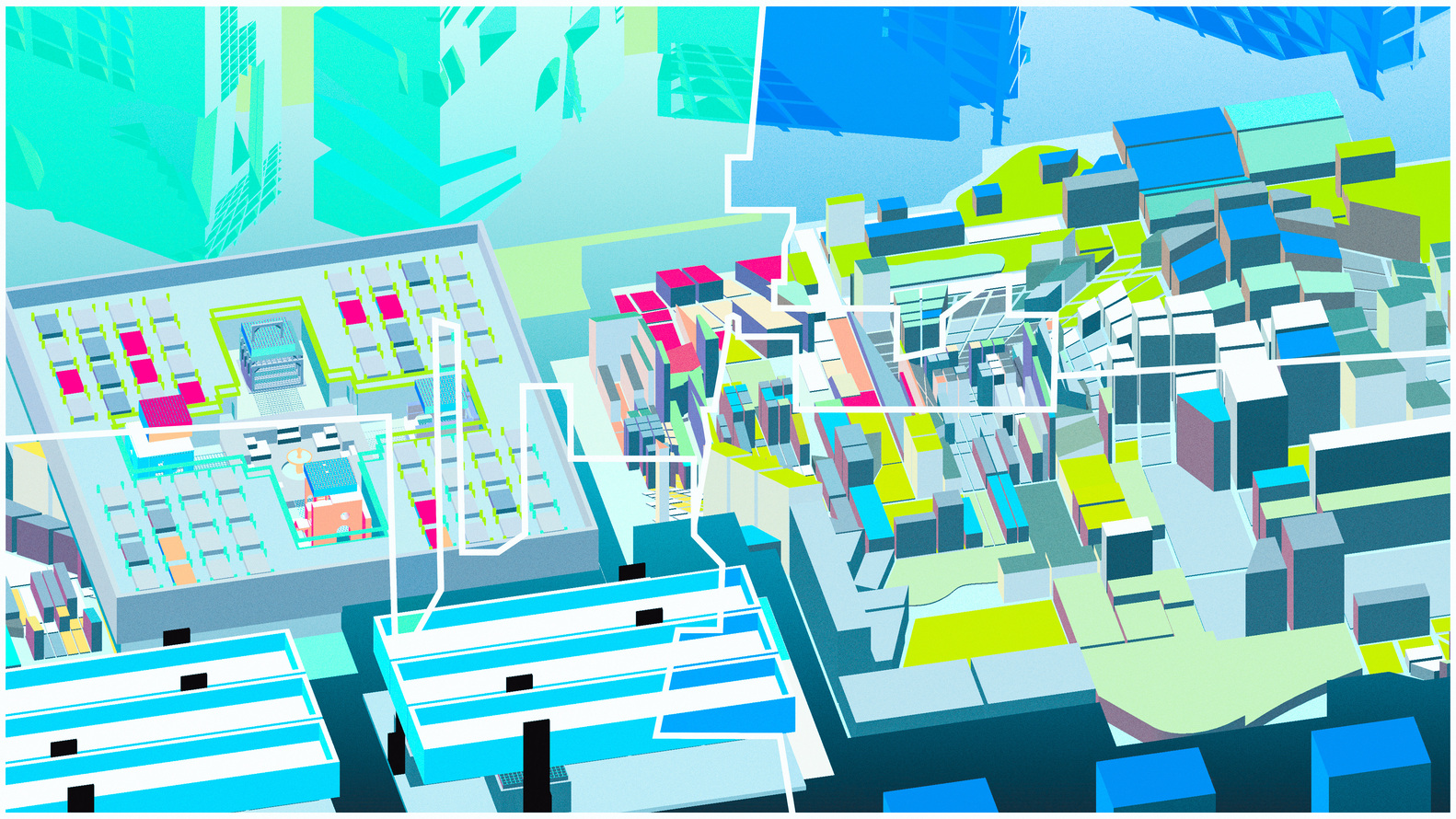













Leave a comment